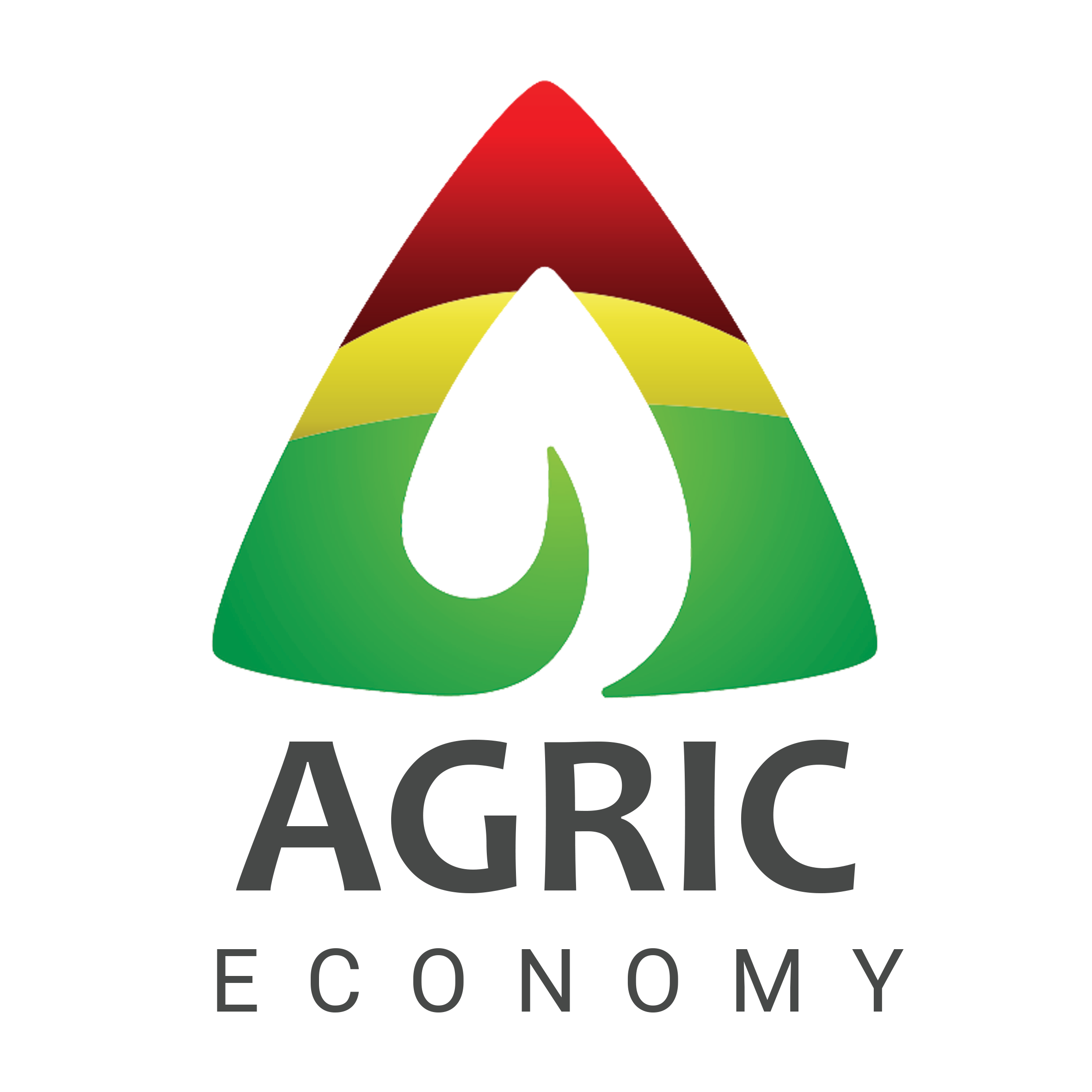Table of Contents
The importance of water in life and living can never be said enough. Water is necessary for life and should be taken into consideration when managing and raising cattle or any livestock for that matter.
The digestion and absorption of nutrients including carbs, proteins, and lipids depend heavily on water. Water aids in the release of some hazardous metabolic products, such as urea, and aids in the exhalation of bodily waste after digestion.
Therefore, a shortage of water will affect body physiology more abruptly and severely than a lack of other nutrients. Another important element in boosting productivity is water.
About 80% of the total milk produced comes from it. Indeed, water plays a significant function in the prevention of abortions and other reproductive issues during pregnancy and makes up a large amount of the placenta overall.
Through saliva, sweat, breathing, and other critical mechanisms employed by the animal to lessen the heat burden, water also aids in controlling body temperature.
Additionally, it is better to mix medications with feed than to add them to drinking water when it comes to disease prevention and management. This facilitates quick and simple medication administration while also guaranteeing adequate drug intake. Animals that are ill typically cease eating, although they typically continue to drink.
What determines how much water is needed?
1. Animal type
For all varieties of cattle, the daily water requirements are around 30 kg, while sheep and goats only need about 4 kg. These variations between species are caused by changes in body size as well as other elements that are specific to each case’s amount of production and metabolic activity. Due to the low moisture content of sheep feces and the presence of large salivary glands that secrete a daily amount of 15 kg of saliva, which is greater than the amount secreted by cattle when measured on the basis of body weight, sheep are better able to survive in environments where the amount of water available is less than the daily amounts mentioned above.
2. Age of the animal
How old is your animal? Oh well, depending on the age of an animal of the same type, different amounts of water may be needed, primarily because of the animal’s body’s water content. For instance, the body of a newborn contains between 75 and 80 percent water, which gradually decreases to about 50 percent as the person ages due to changes in metabolic processes and an increase in the body’s fat deposition, which naturally occurs as a result of the person’s low rate of water consumption during that time for the reasons previously mentioned.
3. Production level
Depending on the degree of production, the daily water needs rise. For instance, assuming that all other factors influencing water consumption remain constant, a cow that produces 10kg of milk per day needs roughly twice as much water as a cow that produces 5kg.
Very well, the amount of water needed by the animal varies according to many numbers of factors. According to the various energy sources in the meal, different people have variable daily water needs. In contrast to diets where considerable amounts of fat are added to give energy, diets where starch is a key source of energy see a rise in water consumption. This is mostly because there is a difference in the amount of body water generated in each scenario (0.56g/g for starch oxidation versus 1.70g/g for body fat oxidation).
Let’s even hint at protein. Even as humans, we notice that anytime we eat foods like beans, we tend to drink more. This simply goes to say that the amount of water an animal consumes each day depends on the source of protein in its diet. Due to soybeans’ impact on the softness of animal feces, it has been found that people tend to drink more water when the concentrate component of their diet contains them as the main source of protein. Because fishmeal contains a lot of sodium salts, adding it to the concentrates also causes people to drink more water. In this situation, the animal will want more water in order to dissolve the salts and quench its thirst.
Hope this piece helps.
Good luck.



